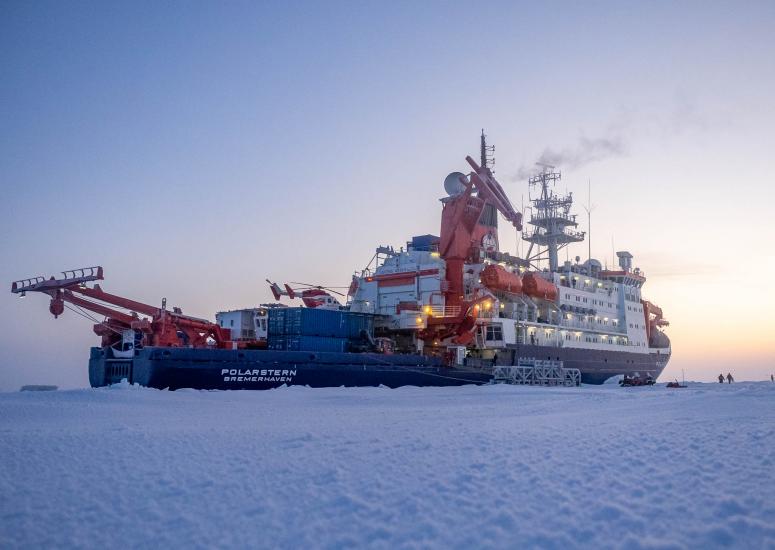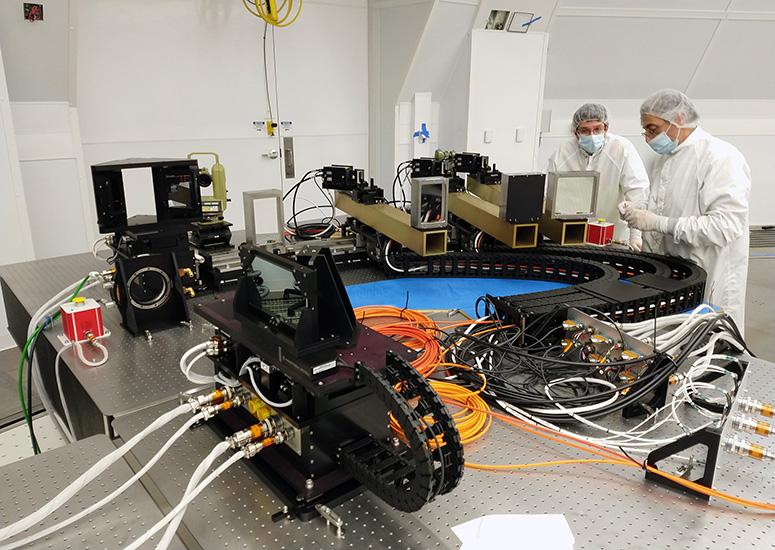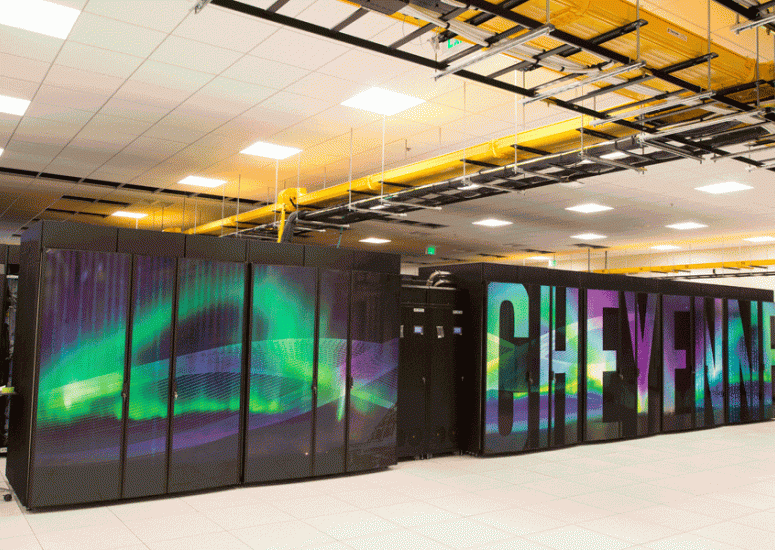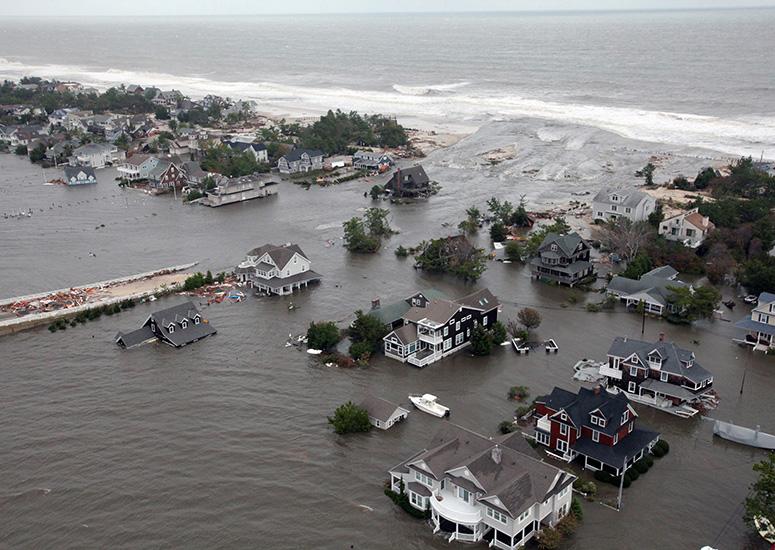-

Arctic research expedition likely faces extreme conditions in fast-changing Arctic
Scientists at the National Center for Atmospheric Research (NCAR) have used an ensemble of multiple climate model runs to simulate conditions along potential routes for the MOSAiC polar expedition, using today’s conditions in the “new Arctic.” The results suggest that thinner sea ice may carry the ship farther than would be expected compared to historical conditions and the sea ice around the ship may melt earlier than the 12-month goal. Of the 30 model runs analyzed in the new study, five (17%) showed melt-out in less than a year.
- Climate
-

A ‘bucket full of photons’ may yield clues about the Sun's magnetic fields
Scientists at NCAR designed and built one of the Inouye Solar Telescope’s five instruments: the Visible Spectro-Polarimeter (ViSP). This extremely versatile instrument can observe any wavelength across the visible spectrum of the Sun’s radiation, allowing scientists a huge degree of flexibility to explore.
- Sun + Space Weather
-

NCAR-operated supercomputer to join national COVID-19 computing consortium
NCAR is joining the COVID-19 High Performance Computing Consortium by providing one of the nation's leading supercomputers to help research the deadly pandemic caused by the novel coronavirus
- Supercomputing
-
Washington Update: April 1, 2020
Updates on Pandemic relief package, COVID-19 impacts on research and development, NOAA and NSF leadership changes, and bids for EPIC.
- Government Relations
-

Steering a (virtual) hurricane: New model gives scientists more control
A new tool developed at NCAR can help scientists better quantify the range of possible impacts from landfalling storms.
- Weather

